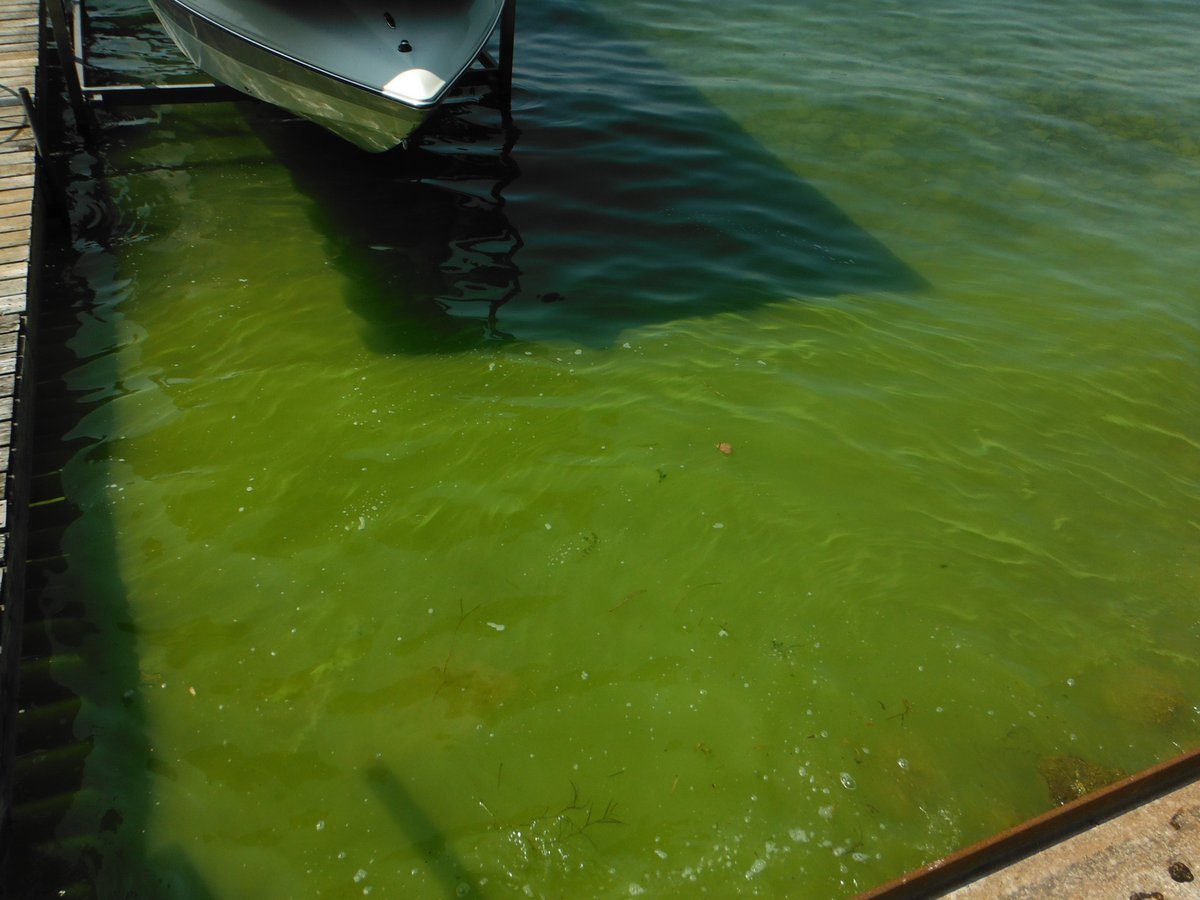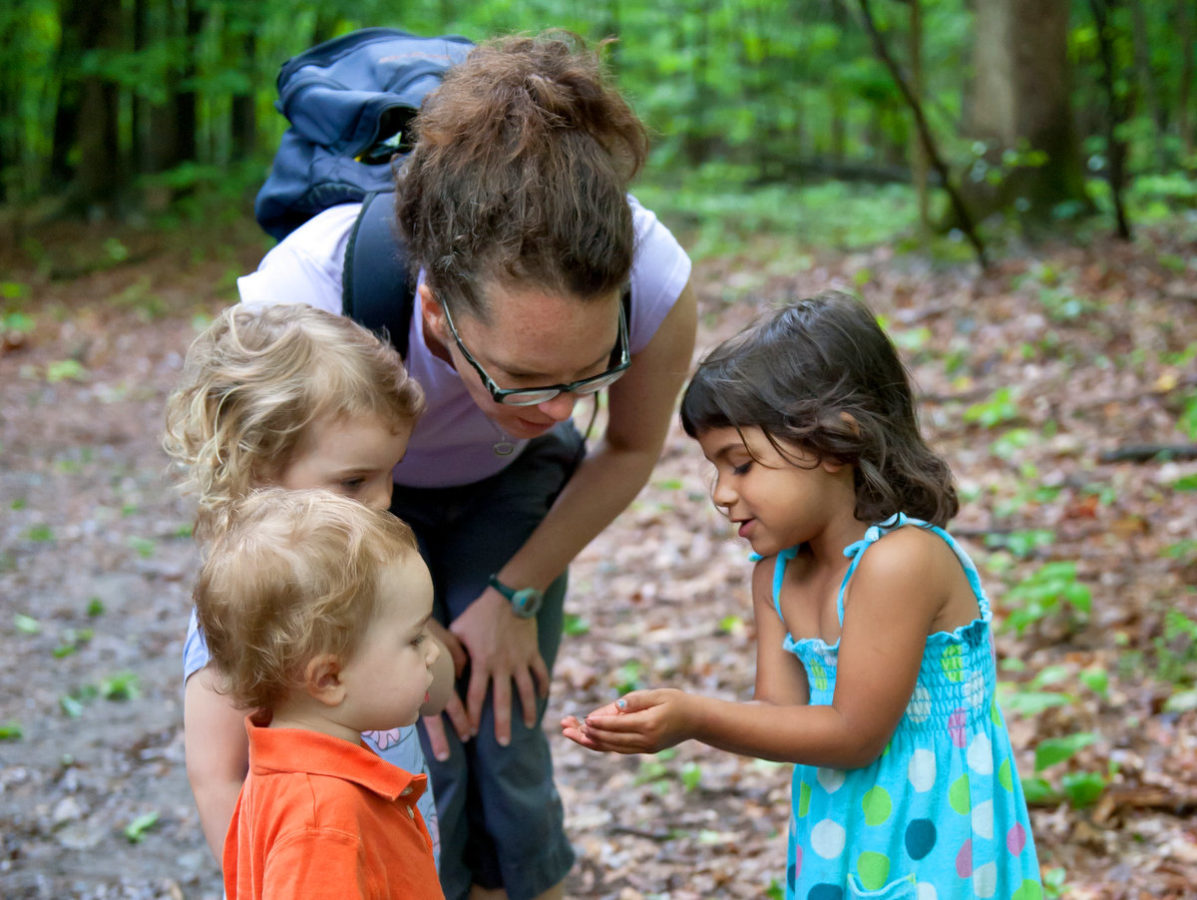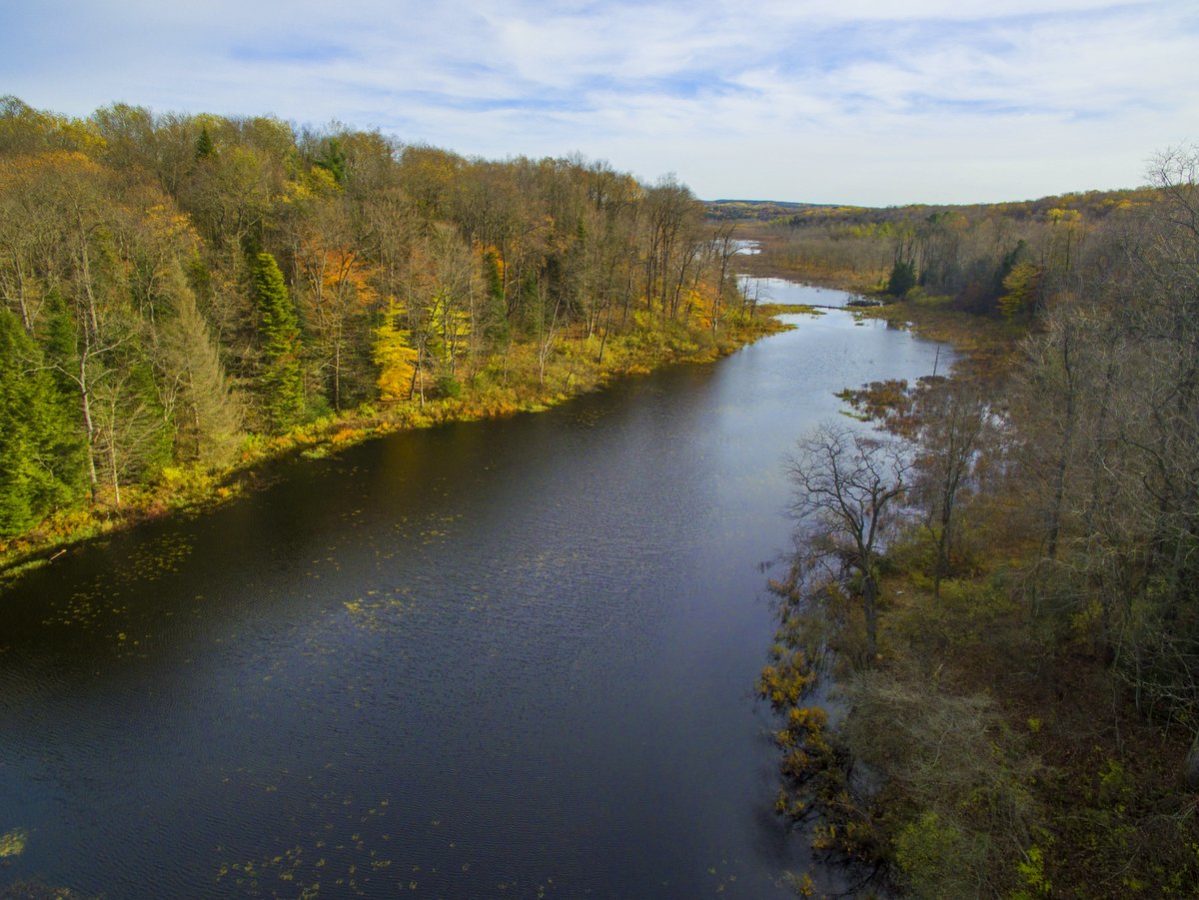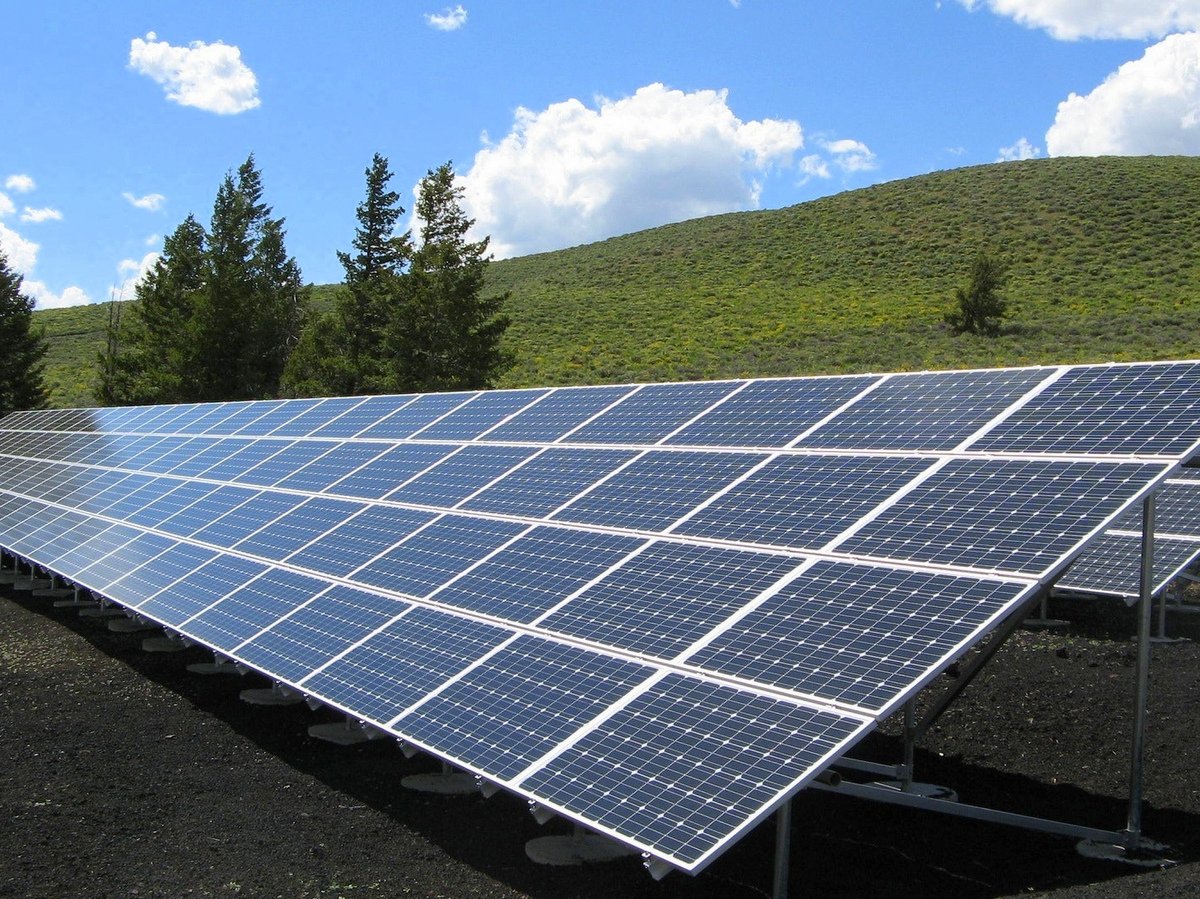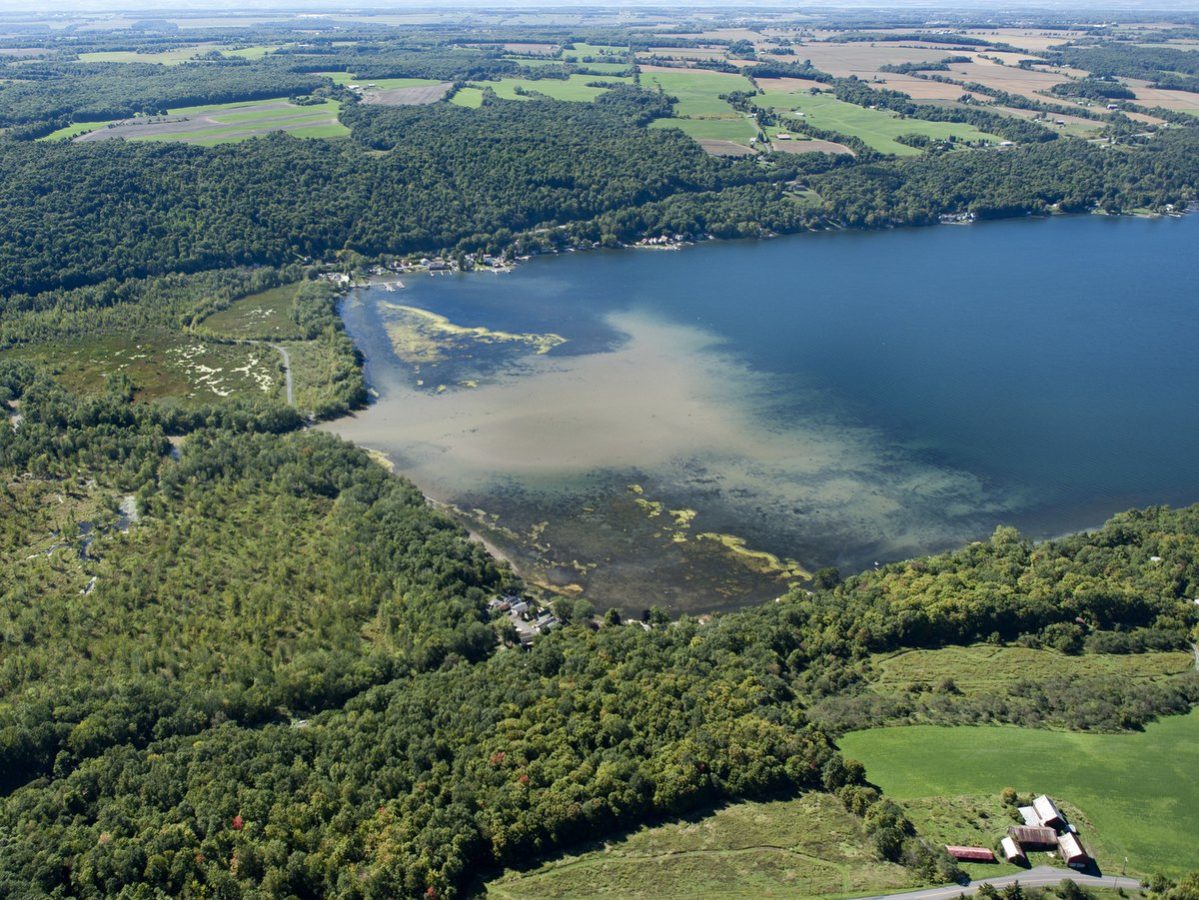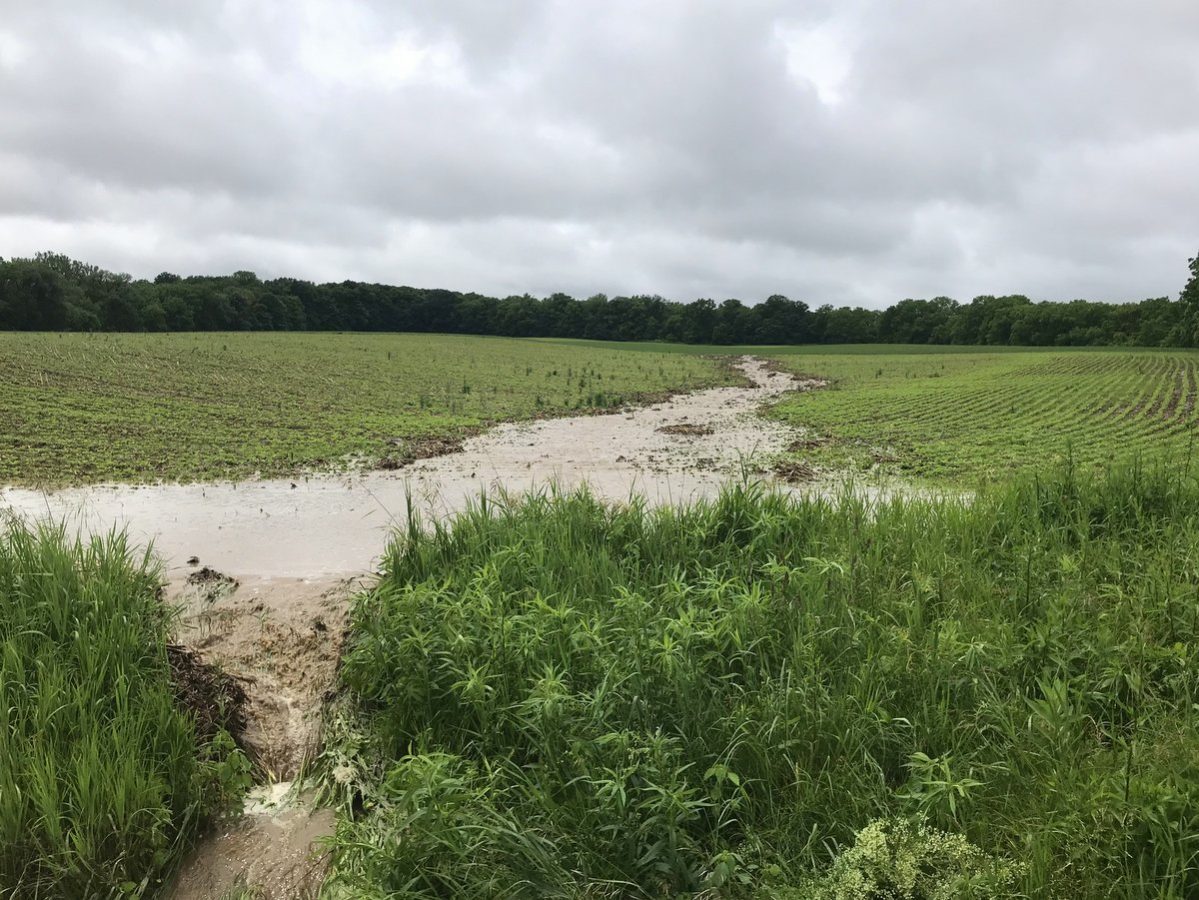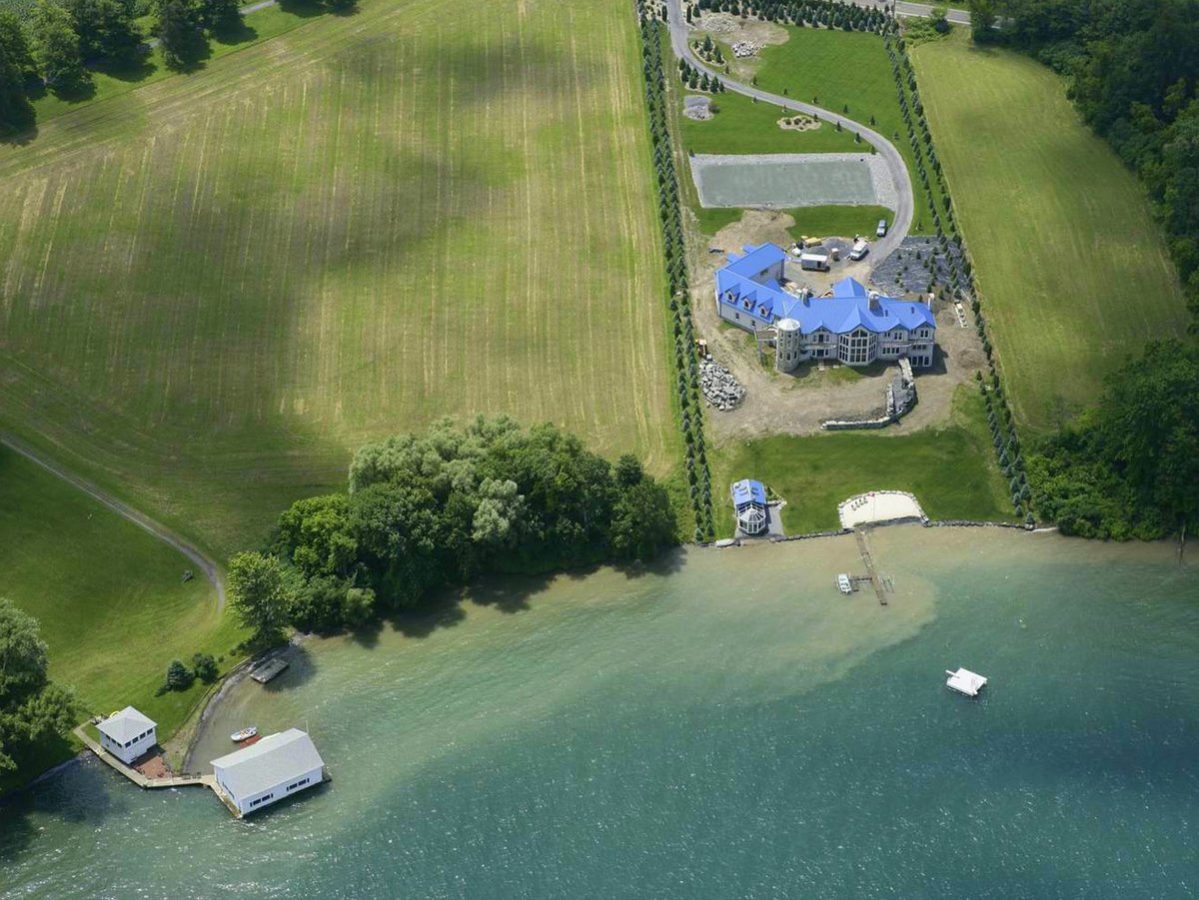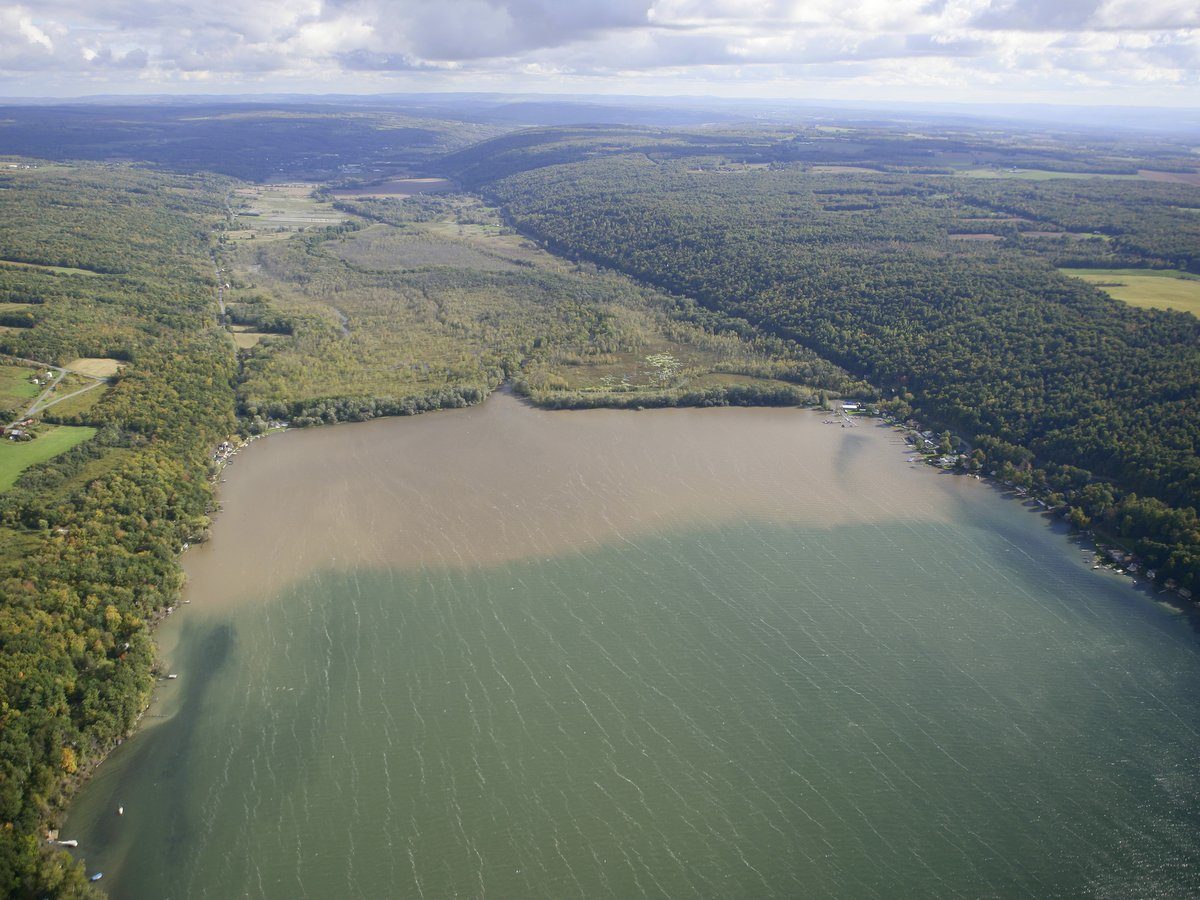The fight against toxic algae, or harmful algal blooms (HABs), calls for immediate and sustained action by a broad coalition of agencies and individuals. Concerned citizens, homeowners, local governments, land protection organizations, and water quality groups all have roles. The Finger Lakes Land Trust has proposed a set of actions that will benefit us all. Please read this page and share with others! Also see our conservation partners and our Water Quality hub.
- Report suspicious blooms! Photo: Bill Hecht
- Volunteer and get involved! Photo: Rick Lightbody
- Join the Finger Lakes Land Trust! Photo: Bill Hecht
- Engage policy makers to address toxic algae and climate change!
ACTIONS
Actions Everyone Can Take
(1) Report suspicious blooms
If you suspect that you have seen a harmful algal bloom, report it to NYS DEC by submitting the Suspicious Algal Bloom Report Form. Attach digital photos (close-up and landscape to show extent and location) of the suspected HAB in the web form. Email HABsInfo@dec.ny.gov if you are not able to complete the form.
(2) Engage your public officials
Get in touch with your elected officials to share your thoughts about the importance of addressing threats to clean drinking water. Are your officials aware of the threat that toxic algae poses to our region? Make sure they know that water quality is a community priority – and encourage them to take action. Urge them to address climate change and support programs that reduce nutrient runoff and advance research into the causes of toxic algae. At the local level, make sure that water quality is included in development plans as well as road maintenance strategies.
(3) Donate now to ensure clean water
Your contribution to the Finger Lakes Land Trust will directly support land and water conservation right here in the Finger Lakes. Funds will help us pursue our ambitious Water Quality Initiative and leverage our strong conservation partnerships to maximize the impact of your dollars.
(4) Learn about your drinking water, monitor your watershed
Do you know where your drinking water comes from? All community water suppliers are required to send an annual drinking water quality report, or Consumer Confidence Report. This provides you with information about where your water comes from and the results of testing for contaminants. You may also be able to find these reports online by searching “water quality report” and the name of your municipality or by contacting your water supplier. The EPA’s Drinking Water Mapping Application also provides information about water sources and allows you to search by location to see water providers and potential sources of contamination.
Once you know where your water comes from, pay attention to changes in your watershed that may affect water quality.
(5) Volunteer with the Land Trust and lake associations
The Finger Lakes region is lucky to have an abundance of groups working to protect the water and environment! Many of them are looking for volunteers to expand on the critical work happening within the watershed, and would love to hear from you. The Finger Lakes Land Trust (FLLT) depends on a network of dedicated volunteers from the community to help us accomplish good things at our network of conserved lands. You can help by becoming a FLLT volunteer today. Consider also donating your time to your local watershed group. There is so much we can accomplish by working together!
- Creeks and inlets bring runoff into our lakes. Photo: Bill Hecht
- Heavy farm runoff can add nutrients to the lakes. Photo: FLLT
- Poor construction practices can exacerbate runoff. Photo: Bill Hecht
- Intense storms can escalate runoff events. Photo: Bill Hecht
Actions to Reduce Nutrient Runoff
(1) Landscaping and lawn maintenance
Did you know your landscaping and lawn maintenance routine impacts water quality? There are a few easy steps you can take to make your lawn more lake-friendly. First, consider reducing the amount of mowed lawn by replacing part of your yard with native trees and shrubs. These plantings will also enhance habitat for birds and other wildlife.
The Canandaigua Lake Watershed Association offers a number of strategies to help you practice lake-friendly lawn care, including:
- Keep grass at least 3-4 inches tall to maintain a healthy lawn and help prevent runoff
- Remove all pet waste
- Test your soil before fertilizing to avoid applying unnecessary fertilizer
- Maintain a natural buffer along shorelines
Getting to know your lawn is an important first step to making changes that can improve water quality. What type of lawn grass do you have, and is it likely to do well in your yard based on its sunlight and water requirements? What weeds or pests do you want to control, and what is the best way to control those specific species? Knowing the answers to these questions can help make sure that pesticides and fertilizers are used correctly and when they are most likely to be effective.
- The Homeowner’s Lawn Care and Water Quality Almanac (PDF) produced by Cornell Cooperative Extension is a helpful resource to start planning for both a healthy lawn and a healthy watershed.
- The Lawn Care E-Book (PDF) from the Cornell University Department of Horticulture offers even more details on specific diseases, weeds, and strategies for lawn care.
(2) Properly maintained septic systems
Septic systems should be inspected annually, and generally need to be pumped every 3-5 years. Additionally, be on the lookout for signs that your septic system may not be functioning as it should be: standing water or especially vigorous plant growth over the septic system can indicate that water is being released too quickly. Frequent plumbing backups can also point to problems with a septic system.
There are many steps you can take, either as a homeowner or renter, to properly manage your septic system and reduce the potential for excess nutrients to enter the watershed. Using phosphate-free detergents, limiting use of garbage disposals, refraining from flushing medications and chemicals, and limiting water use can all extend the life of a septic system and decrease the chance of impacting nearby wells and waterbodies.
(3) Farming with best management practices (BMPs)
County soil and water conservation districts are dedicated to working with farmers to implement Best Management Practices (BMPs) that are designed to minimize nutrient runoff and erosion. In our region, common BMPs include the following.
- Planting cover crops to help prevent erosion and reduce runoff between harvests
- Utilizing farm nutrient management plans to minimize fertilizer applications
- The establishment of permanent vegetation on our most erodible soils
- Establishment of grassed waterways to reduce erosion from crop fields
- Detention of runoff from barnyard area
Additional information about BMPs may be obtained from your county soil and water conservation district offices.
(4) Buffering our streams
Planting native trees and shrubs along our streams helps reduce erosion and filters runoff from adjacent lands. Creating, maintaining, and protecting these important buffers will both positively impact water quality and also provide important habitat for fish and wildlife. Please see these web resources:
- USDA National Agroforestry Center – Riparian Forest Buffers
- New York State DEC – Stream Buffers brochure (PDF)
(5) Reducing runoff from roadside ditches
Roadside ditches frequently channel stormwater and runoff directly into our streams and lakes, and bring nutrients and sediment with them. The steep sides of some ditches also contribute to soil erosion.
We can reduce runoff in these ditches through improved designs that are less susceptible to erosion; the use of hydroseeding to stabilize ditch walls; the use of check dams to reduce velocities; and, the linkage of road ditch systems to detention basins and restored wetlands to hold back peak storm water flows and release them slowly over time.
- Cornell University – Re-plumbing New York State’s Roadside Ditches: Identifying a Critical Role for Decision-Makers (PDF)
- Chesapeake Research Consortium – Re-plumbing the Chesapeake Watershed: Improving Roadside Ditch Management to Meet TMDL Water Quality Goals (PDF)
(6) Planning development with water quality in mind
As communities plan for the future, it is essential that they keep water quality in the forefront of the discussion. From the consideration of a single development proposal to the creation of a new comprehensive plan, evaluating how land use impacts water quality must be part of the process. Successful community plans will bring insights from representatives with diverse water interests together, including municipalities, agriculture, business and industry, recreation, and watershed organizations.
Many communities are adopting formal water resources policies as a part of their comprehensive plans. These policies aim to focus attention on the need to protect lands important to water, manage stormwater and flooding, and enhance ecological diversity. Plans should include broad goals for surface water, groundwater, riparian corridors, and wetland protection and emphasize the need to coordinate activities and educate the community about water quality concerns, policies, and practices. See these example planning documents from Tompkins County:
- Tompkins County Water Resources planning (PDF)
- Tompkins County Water Quality Strategy 2019-2021 (PDF)
ACT NOW
Help the Land Trust protect more land and water forever
Make your gift to the Finger Lakes Land Trust to advance our work protecting sensitive lands and waters, and increasing regional public awareness of the toxic algae threat.

